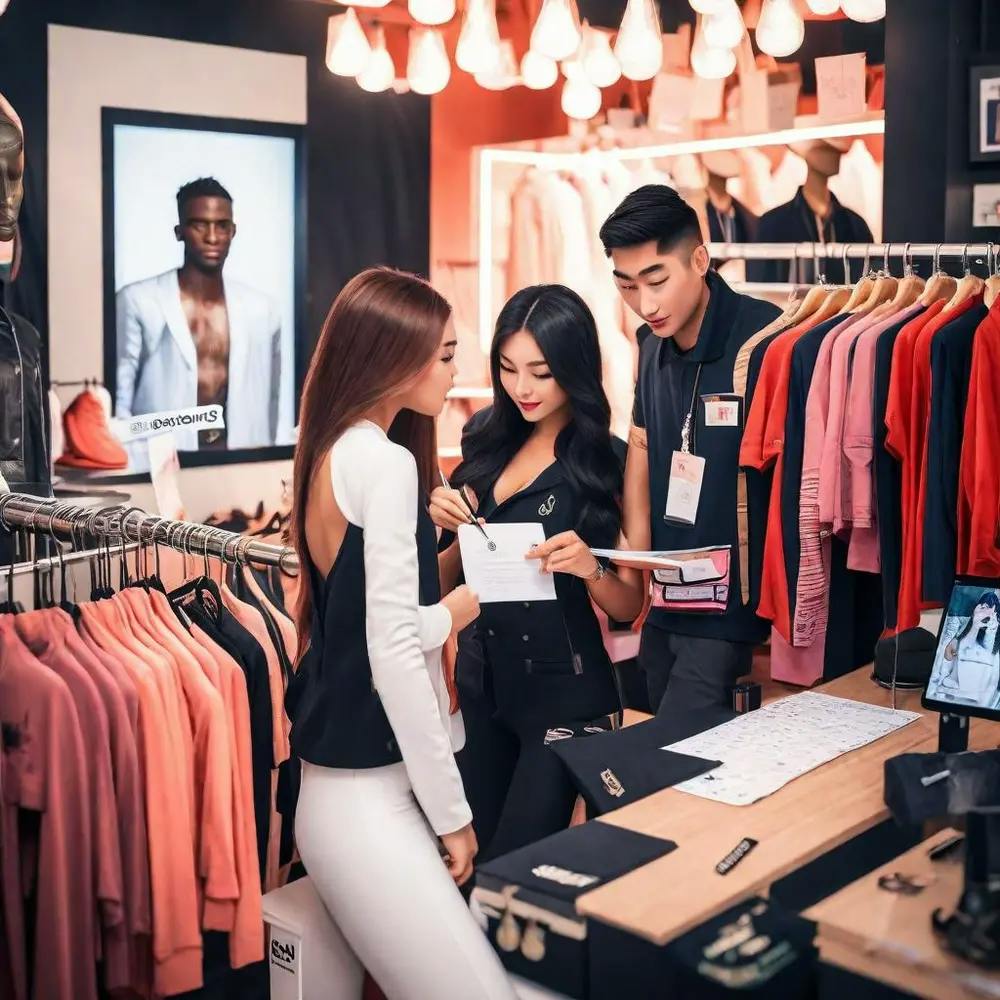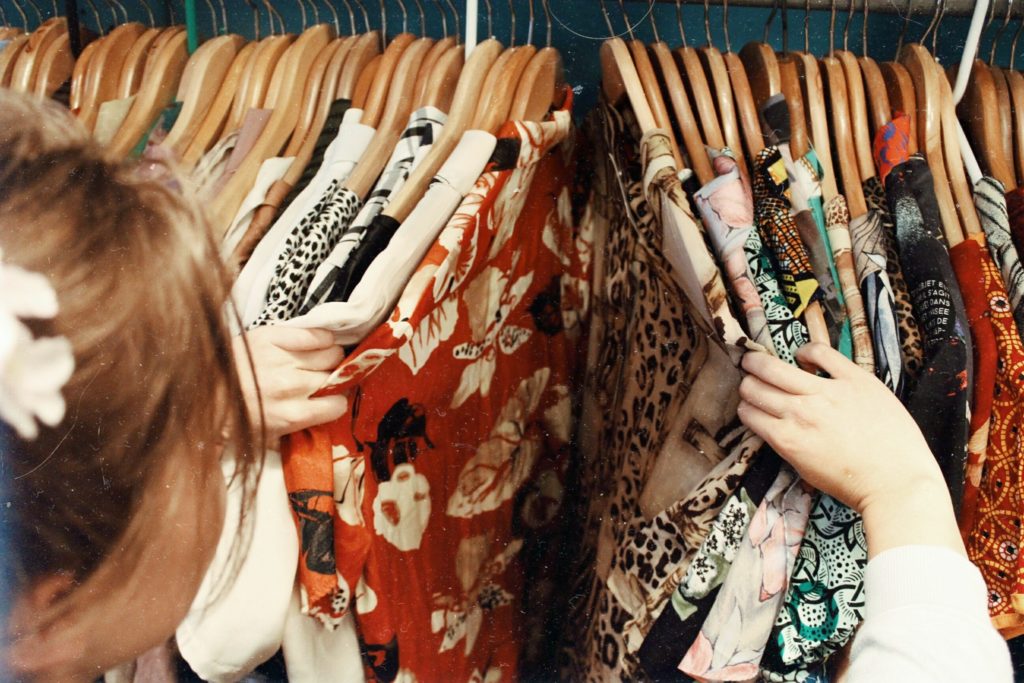

Instagram has evolved from a simple photo-sharing platform to a powerful tool for influencer marketing. If you’ve ever wondered how to get sponsored on Instagram, you’re not alone. From micro influencers to fashion influencers, many are seeking brand deals to monetize their personal brand. This guide will walk you through the steps to secure sponsored posts and build lasting brand partnerships.
Before you can pitch paid sponsorships, you need to have a strong personal brand. Your Instagram feed should reflect high-quality content that resonates with your target audience. Whether you prefer fitness content or fashion, ensure your posts have the same aesthetic and feel. This makes your content discoverable and appealing to potential brand partners.
Brands don’t just look at how many followers you have; they’re more interested in your engagement rate. An engaged audience is a sign that your followers trust and value your content. Micro influencers, despite having fewer followers, often have a more engaged audience than larger influencers.
Prepare a media kit that showcases your average engagement rate, follower count, and past brand collaborations. If you’re serious about becoming a full-time influencer, consider hiring an account manager or joining an influencer agency. They can help streamline the whole process of securing brand deals.
Start by reaching out to smaller brands that align with your content. Use your Instagram story posts and tag brands you genuinely love. This not only makes your pitch authentic but also shows brands that you’re genuinely interested in their products. When pitching brands, be clear about what you can offer and how your audience aligns with their target market.
Instagram requires creators to add a paid partnership label to sponsored content. This ensures transparency with your followers. Always disclose paid partnerships, as it builds trust and adheres to platform guidelines.
The #1 to make money online with TikTok Search (FREE TRAINING)

Don’t limit yourself to just sponsored Instagram posts. Brands reach out for Instagram stories, sponsored video content, and even promoted posts. The more diverse your content, the more appealing you are to potential business partners.
Post consistently, but ensure that your content remains authentic. While it’s tempting to accept every brand deal that comes your way, remember that your followers value genuine recommendations. Stick to a posting schedule that allows you to create high-quality content without feeling time-consuming.
Instagram’s advanced settings, like the creator marketplace, can help you find brands looking for influencers. Your bio space is also crucial. Use it to direct potential brand partners to a press page or email for collaborations.
While Instagram sponsored posts are lucrative, don’t limit yourself. Explore other avenues like branded content on other platforms or even creating your own line of products.
While it’s exciting to get sponsored on Instagram and receive free products, remember that it’s a business. Brands are investing in you, expecting a return on their investment. Treat each brand deal with professionalism and respect.
Becoming an Instagram influencer and securing sponsored posts is a blend of authenticity, consistency, and business acumen. By understanding your audience, pitching brands effectively, and delivering authentic content, you can build lasting brand collaborations and partnerships.

Instagram has transformed from a casual photo-sharing app to a dynamic platform for personal brand building and influencer marketing. If you’re an aspiring Instagram influencer, understanding the nuances of sponsored posts and how to get sponsored on Instagram is crucial. This guide will walk you through the essentials of securing Instagram sponsorships and enhancing your personal brand.
Sponsored Post: This is the most common type of Instagram sponsorship. Brands pay influencers to create content that promotes their products or services. The content is then shared as an Instagram post on the influencer’s profile.
Instagram Sponsored Post: These are posts that brands pay to promote on Instagram, reaching a broader audience beyond the influencer’s followers. They appear with a “Sponsored” label.
Instagram Story Posts: Brands often collaborate with influencers for story promotions. These are short-lived, making them perfect for time-sensitive promotions or flash sales.
Promoted Posts: Similar to Instagram sponsored posts, these are organic posts that influencers or brands pay to promote, ensuring they reach a wider audience.

Before pitching brands or seeking a brand deal, it’s essential to have a strong personal brand. Your Instagram profile should reflect consistency, authenticity, and a clear niche. The quality of your Instagram posts plays a pivotal role in attracting potential Instagram sponsorships.
Know Your Worth: Before pitching brands, understand your engagement rate, follower demographics, and the unique value you bring.
Craft a Compelling Pitch: Highlight past successful sponsored posts, your personal brand’s alignment with the company, and ideas for future collaborations.
Transparency is Key: When you secure a brand deal and create a sponsored Instagram post, always add a paid partnership label. This ensures clarity and trust with your audience and adheres to Instagram’s guidelines.
Consistency: Regularly update your Instagram profile with high-quality posts. This not only boosts your visibility but also assures brands of your commitment.
Engage with Your Audience: Beyond just sponsored posts, engage with your followers through comments, polls, and other interactive features.
Stay Updated: Instagram frequently updates its features and algorithms. Stay informed to optimize your posts and stories for maximum reach.
Becoming a sought-after Instagram influencer requires a blend of authentic personal brand building, understanding the intricacies of sponsored posts, and effectively pitching brands. By focusing on these aspects and maintaining a vibrant Instagram account, you can secure lucrative paid sponsorships and grow your online presence.

Instagram, with its vast user base and visual-centric platform, has become a pivotal space for brands and influencers alike. Two concepts that often arise in the realm of Instagram marketing are User Generated Content (UGC) and Sponsorships.
While they might seem similar to the uninitiated, they serve different purposes and have distinct characteristics.
Definition: UGC refers to content created by everyday users or consumers, not by brands or companies. On Instagram, this could be photos, videos, stories, or reels that users post about a product, service, or experience.
Authenticity: UGC is often perceived as more genuine and authentic because it’s created by individuals who have no formal affiliation with the brand. They share their experiences out of personal interest or passion.
Monetization: Typically, UGC isn’t directly paid for. However, brands might incentivize UGC creation through contests, giveaways, or the promise of featuring the content on their official channels.
Usage: Brands often share UGC on their profiles to build trust, showcase real-world use of their products, and foster community engagement. It’s essential, however, for brands to seek permission before reposting UGC.
Definition: Sponsorship involves a brand partnering with an individual, often an influencer, to promote a product, service, or message. The brand compensates the influencer for this promotion.
Purpose: Brands leverage sponsorships to tap into an influencer’s audience, hoping to gain more visibility, credibility, or to target a specific demographic.
Monetization: Sponsorships are monetized arrangements. Influencers receive compensation in various forms – monetary payment, free products, exclusive access, or other perks.
Disclosure: Instagram mandates that all sponsored content be clearly labeled to maintain transparency. Influencers use the “Paid partnership with [brand name]” label or include hashtags like #ad or #sponsored in their posts.
Control: In sponsorships, brands often have a say in the content’s direction, messaging, or aesthetics. They might provide guidelines or specific talking points to ensure the content aligns with their brand image.
The #1 to make money online with TikTok Search (FREE TRAINING)

While UGC and sponsorships are distinct, there can be overlap. For instance, a brand might sponsor a campaign encouraging users to create UGC. In such cases, while the broader campaign is sponsored, individual content pieces from users would still be considered UGC.
Understanding the difference between UGC and sponsorships on Instagram is crucial for both brands and influencers. While UGC offers authenticity and organic engagement, sponsorships provide targeted reach and controlled messaging. By leveraging both effectively, brands can create a holistic Instagram strategy that resonates with audiences and drives results.
Securing a sponsorship deal on Instagram is an exciting milestone for any content creator. However, the journey doesn’t end with the signed contract. Maintaining a healthy relationship with the sponsoring company is crucial for long-term success and potential future collaborations.
Deliver on Commitments: Ensure you meet all deliverables outlined in the agreement, whether it’s the number of posts, stories, or any other content format.
Maintain Authenticity: While you’re being compensated, it’s essential to remain genuine in your content. Your audience values your authenticity, and any perceived insincerity can harm both your reputation and the brand’s.
Open Communication: Keep the lines of communication open. If you’re facing challenges or need clarity on any aspect of the campaign, reach out to the brand promptly.
Adhere to Deadlines: Consistently meeting deadlines showcases your professionalism and reliability.
Transparency with Your Audience: Always disclose sponsored content to your audience. Use tags like “Paid partnership with [brand name]” or hashtags such as #ad or #sponsored.
Respect Brand Guidelines: While it’s essential to maintain your unique voice, ensure your content aligns with the brand’s guidelines and messaging.

Creative Freedom: While brands provide guidelines, you have the right to creative freedom within those bounds. Your unique style and voice are what attracted the brand in the first place.
Fair Compensation: Ensure you’re compensated fairly and timely as per the agreement.
Feedback and Revisions: If a brand requests changes, they should be reasonable and within the scope of the original agreement. You shouldn’t be expected to make endless revisions without additional compensation.
Right to Decline: If the brand asks for additional content or tasks outside the original agreement, you have the right to decline or negotiate additional compensation.
Protection of Personal Brand: You have the right to protect your personal brand’s integrity. If you feel a particular request might harm your reputation or isn’t a fit for your audience, discuss your concerns with the company.
Regular Check-ins: Schedule periodic check-ins with the brand to discuss progress, feedback, and any potential challenges.
Seek Feedback: After a campaign, ask the company for feedback. This shows your commitment to growth and continuous improvement.
Stay Updated: Keep abreast of the brand’s latest launches, news, or initiatives. This showcases your genuine interest in the partnership.
Express Gratitude: A simple thank-you note post-campaign can go a long way in fostering goodwill.
Stay Engaged: Even after a campaign concludes, engage with the brand on social media. Like, comment, or share their content, ensuring the relationship remains warm.
An Instagram sponsorship is more than just a transaction; it’s a partnership. By understanding your rights and responsibilities and actively nurturing the relationship, you can pave the way for successful campaigns and long-lasting collaborations.

In the dynamic landscape of Instagram, securing sponsorships and forging brand collaborations is both an art and a science. As influencers and content creators strive to monetize their platforms, understanding the intricacies of brand partnerships becomes paramount.
Looking for sponsorships on other digital platforms such as YouTube? Check out our guide to getting a sponsorship here.
This guide has illuminated the path to successful collaborations, emphasizing authenticity, understanding, and mutual growth. Remember, in the world of Instagram sponsorships, it’s not just about numbers, but about building genuine relationships and delivering value to both your audience and partnering brands. As you navigate this journey, let authenticity be your compass and passion your driving force.





